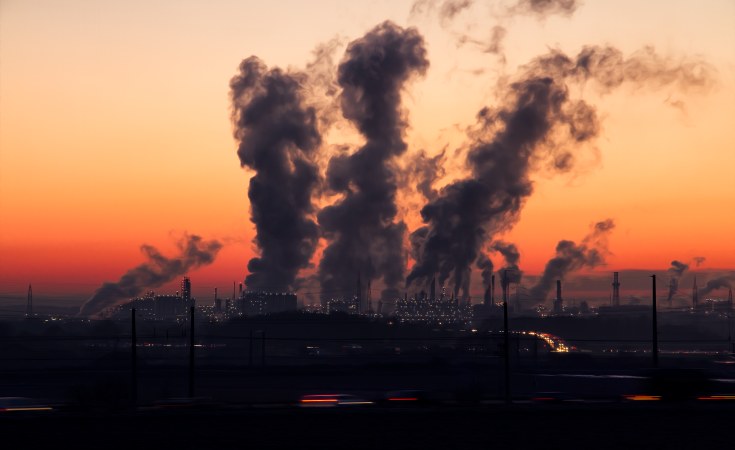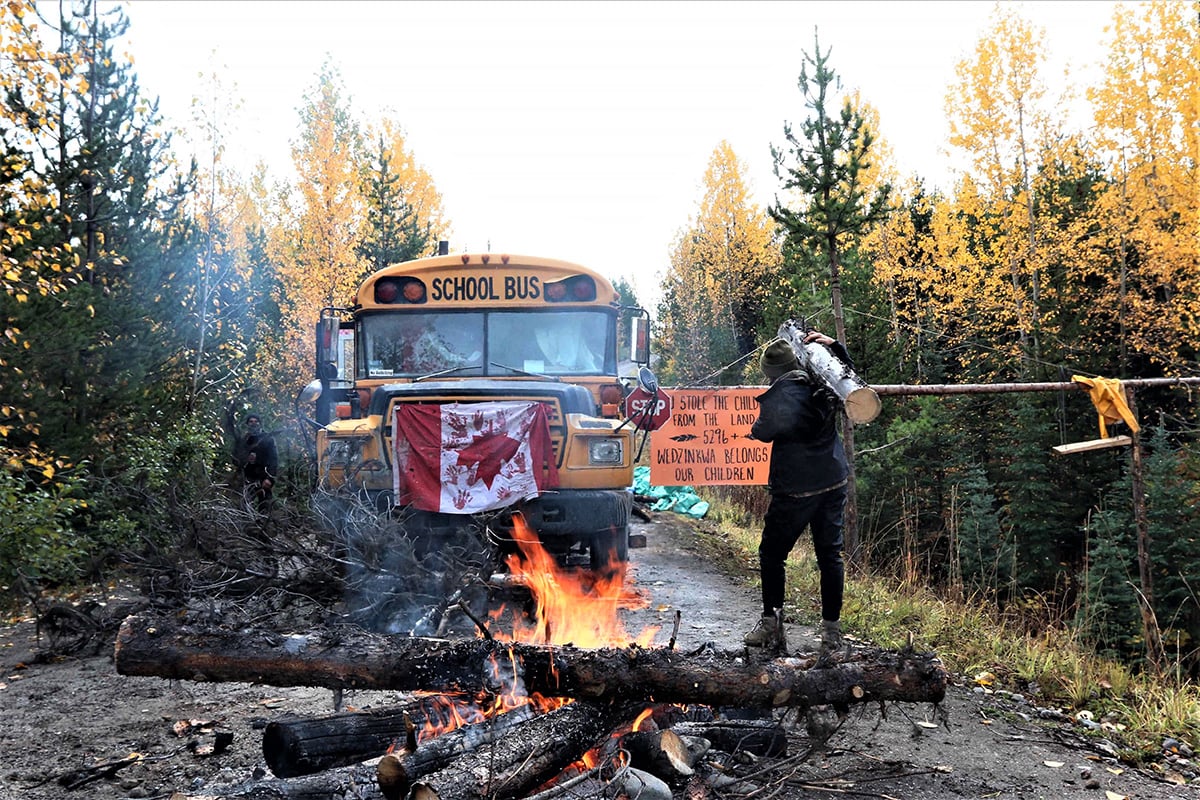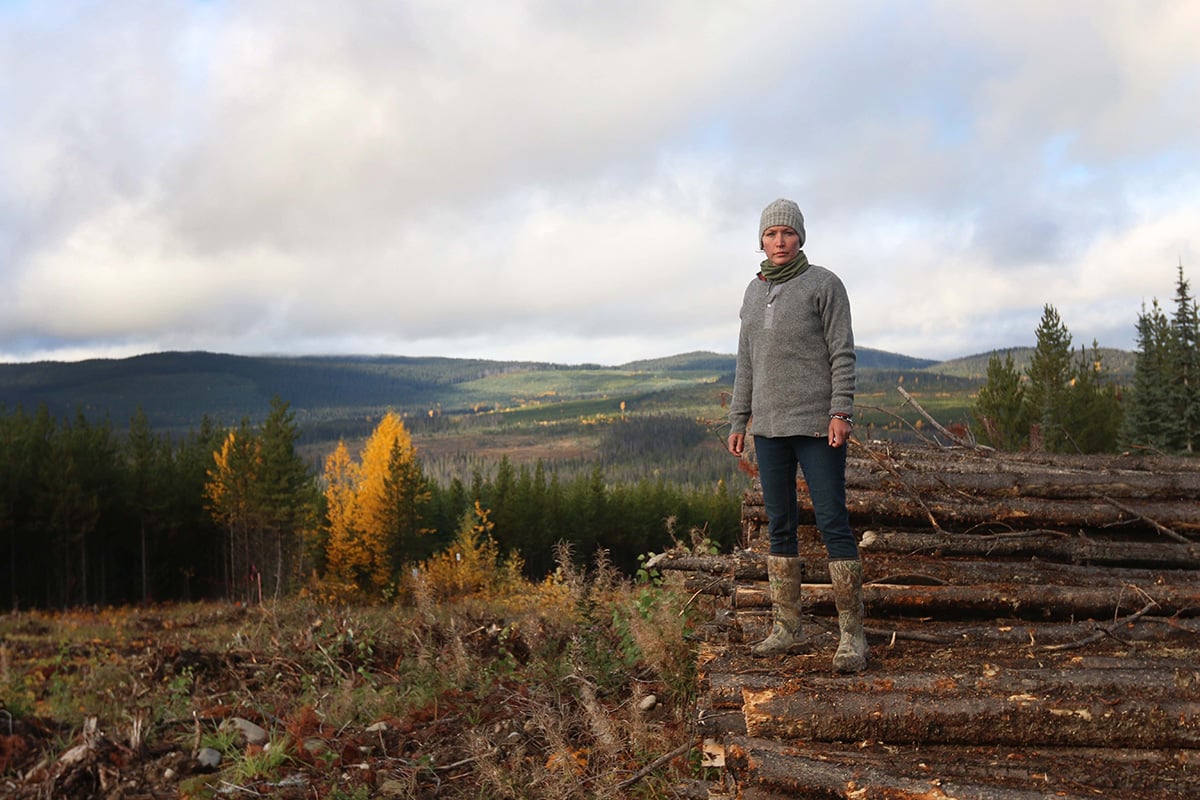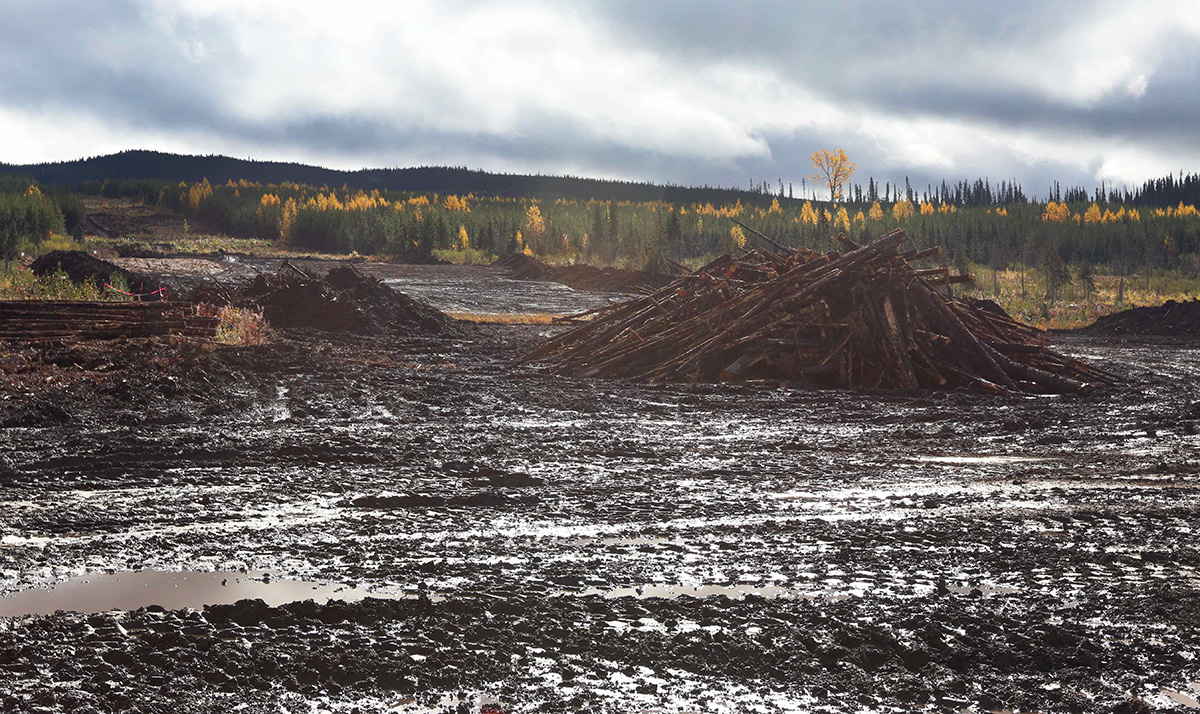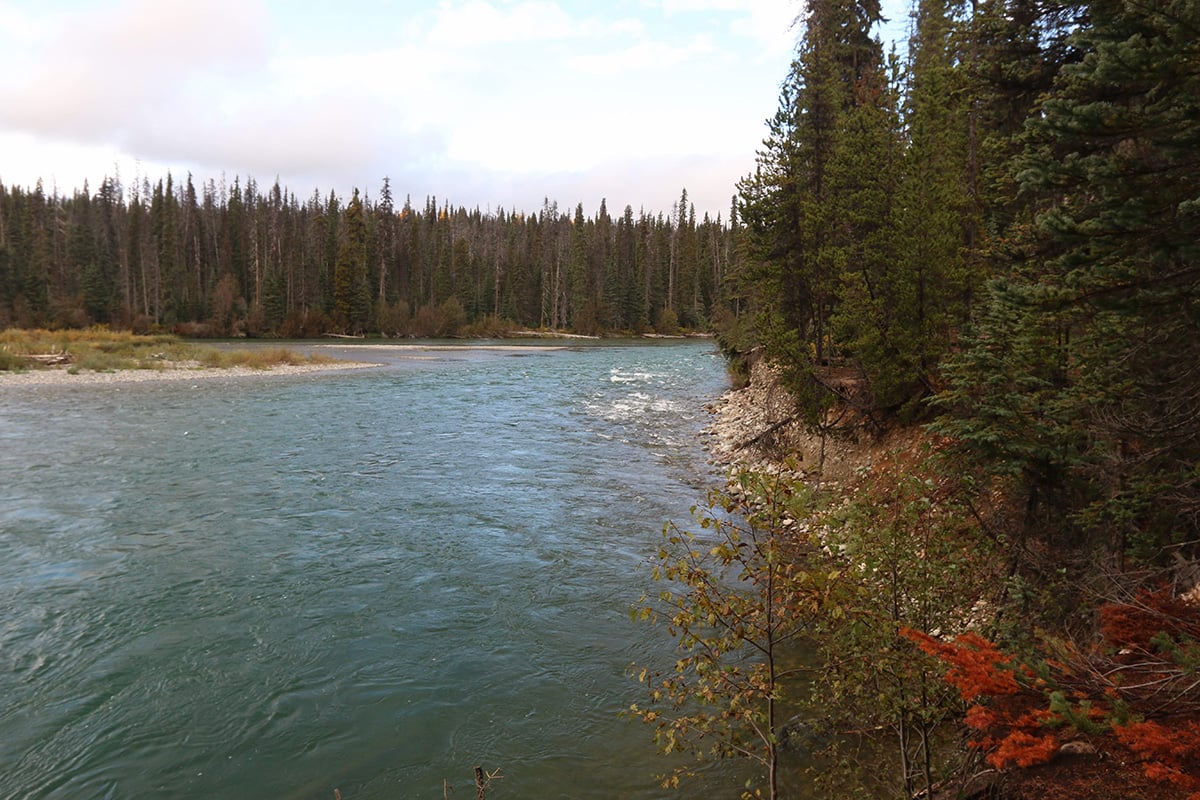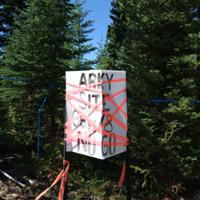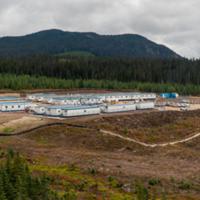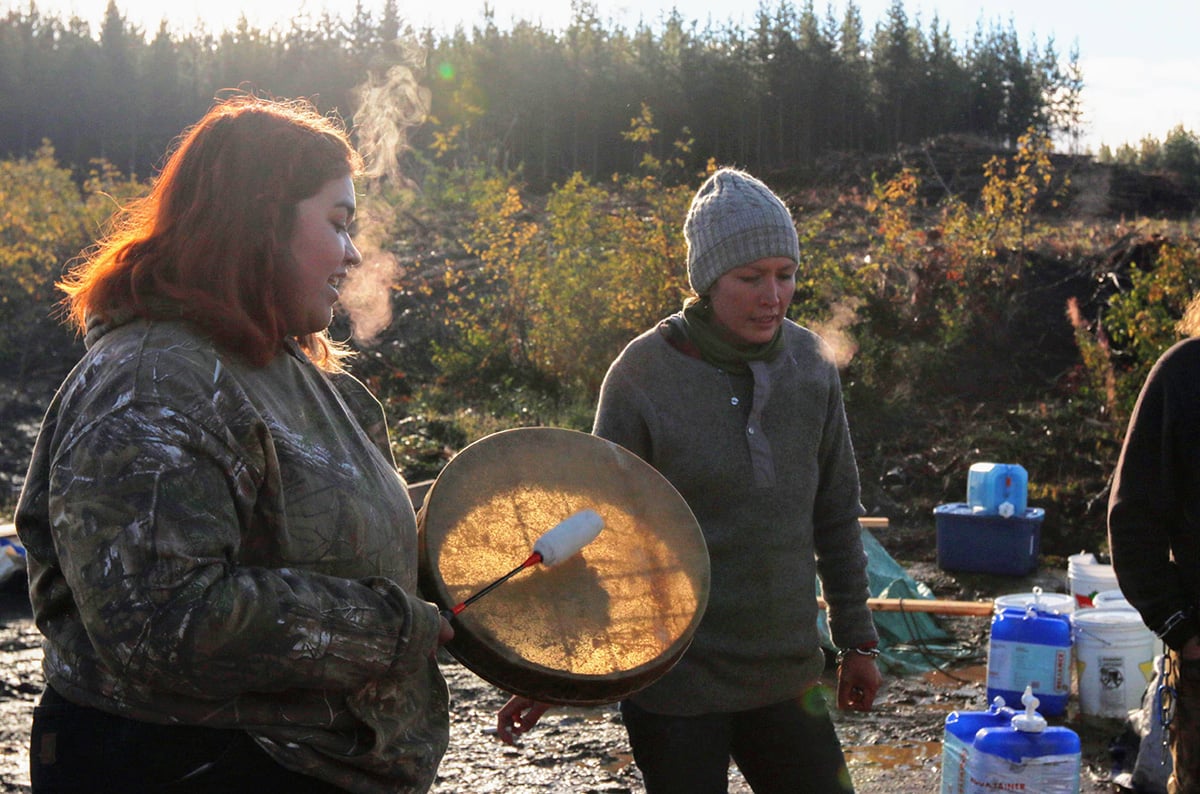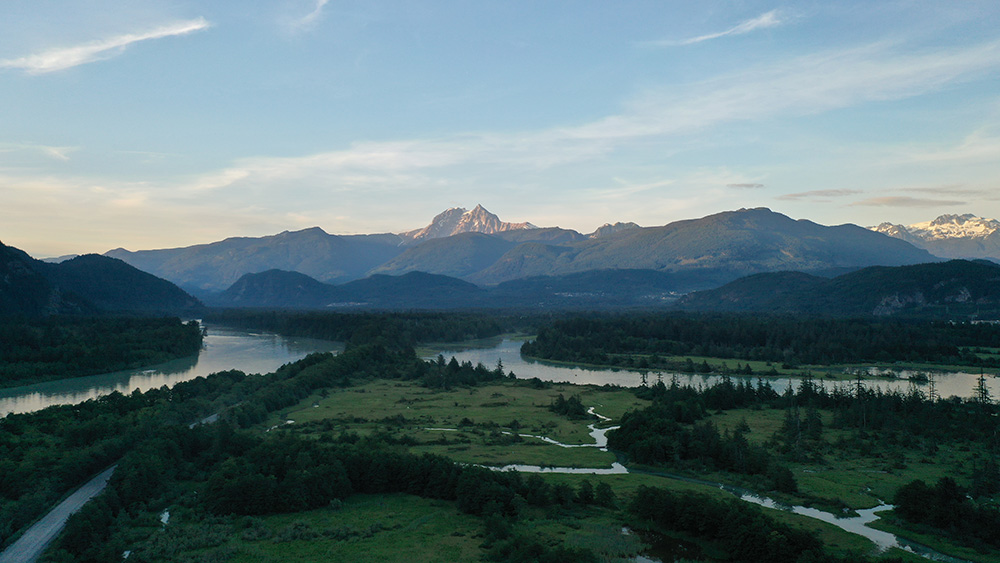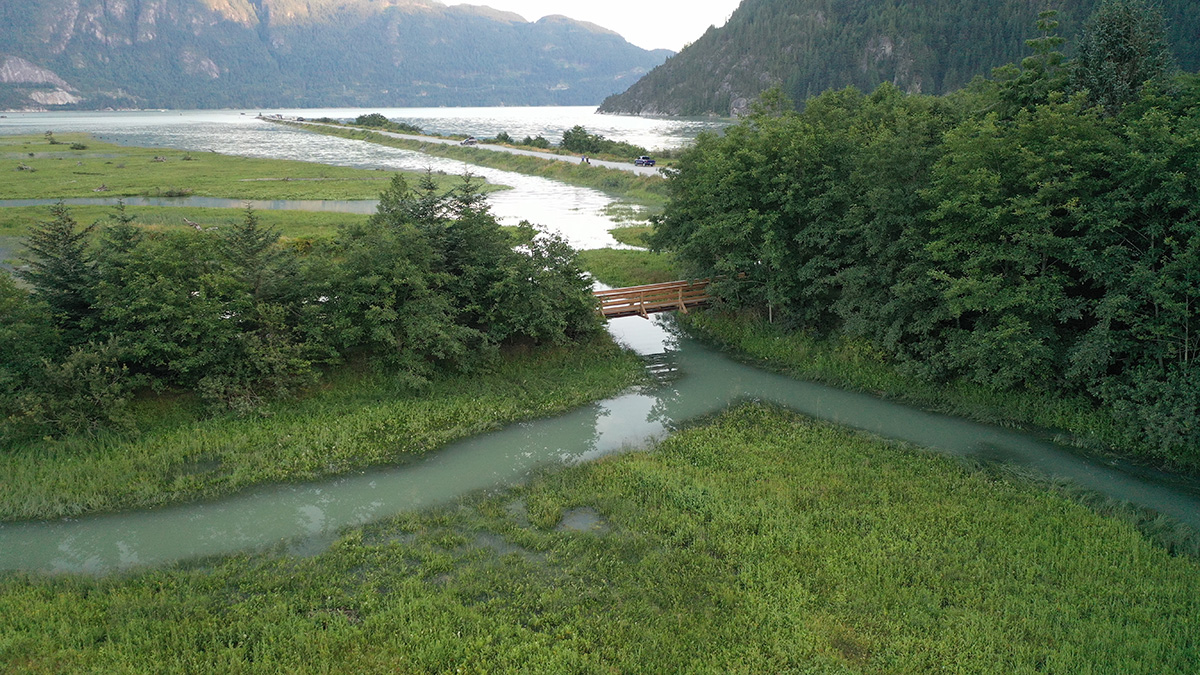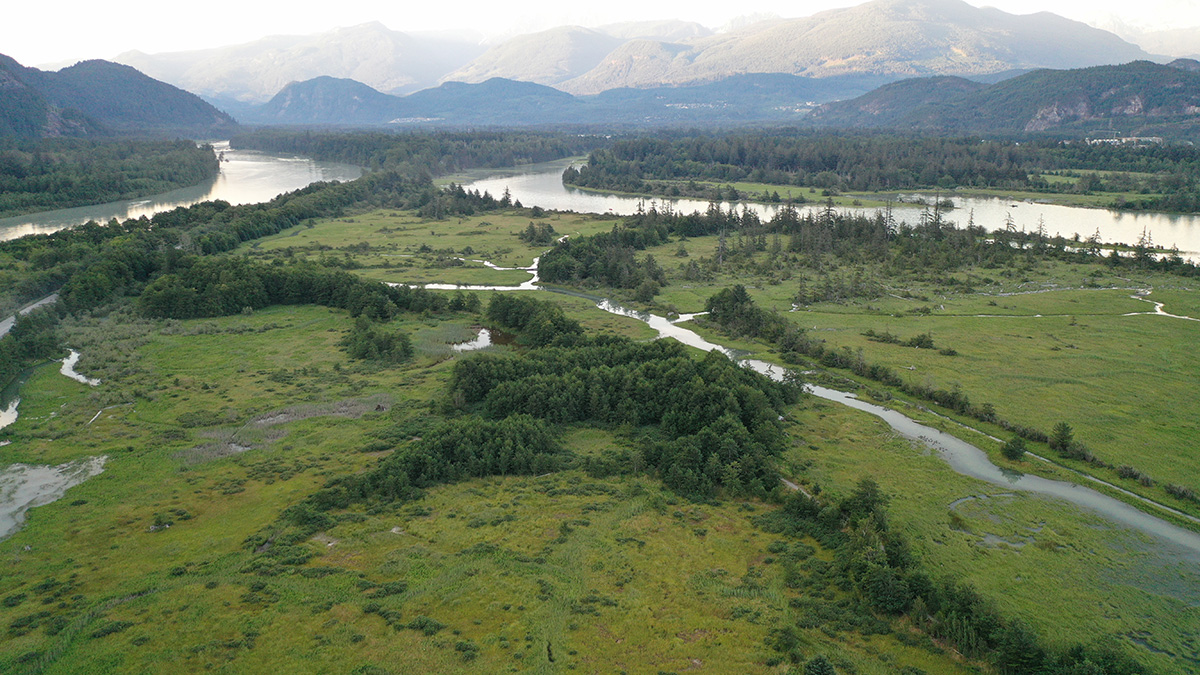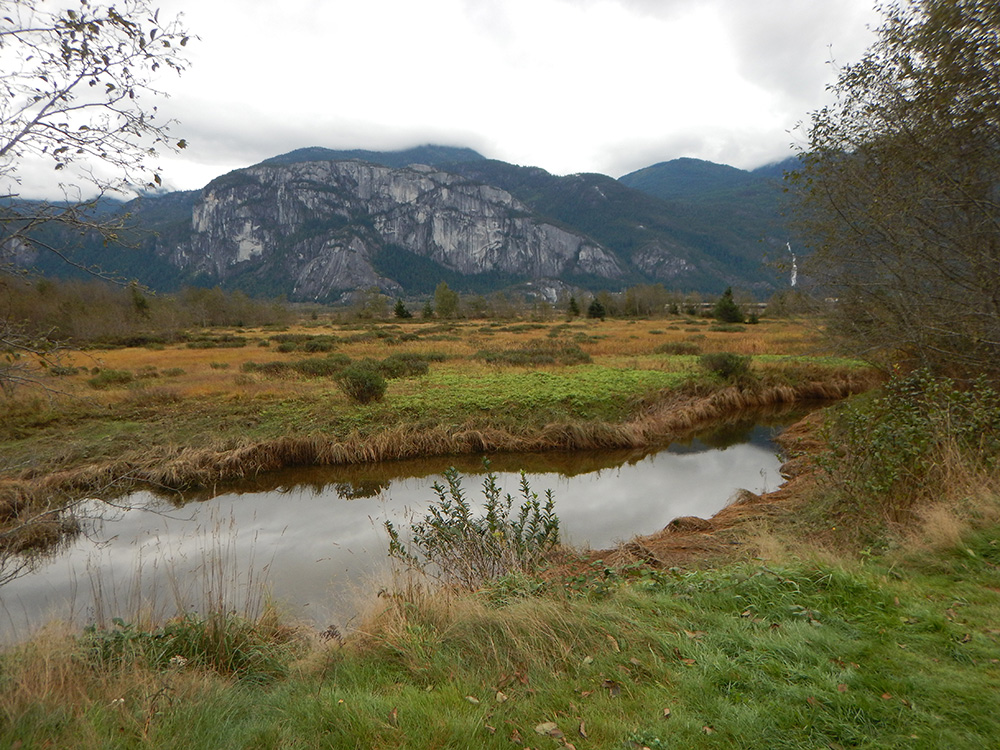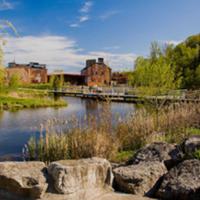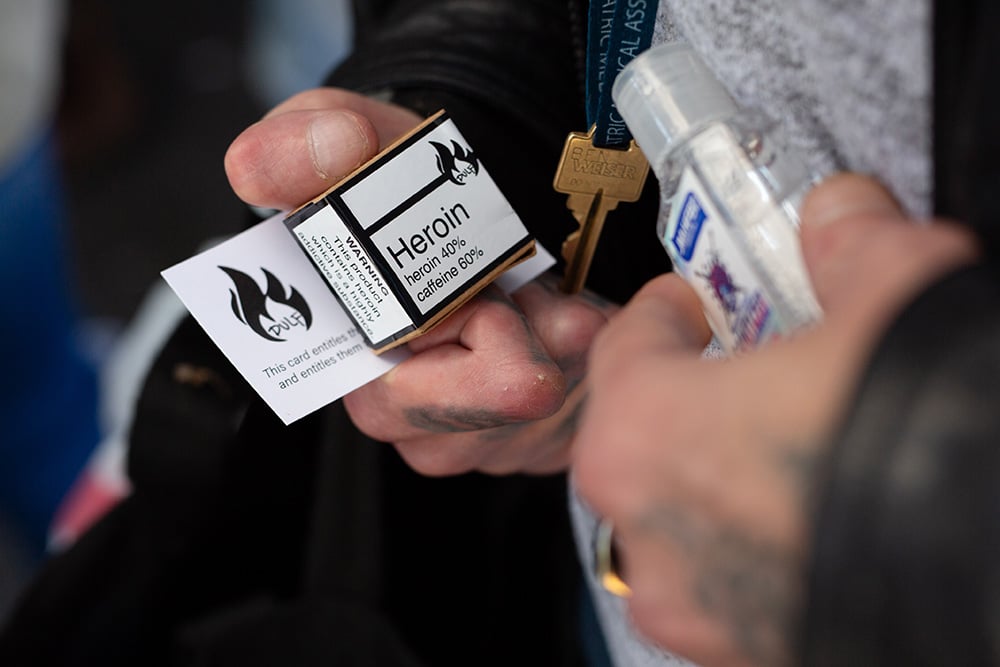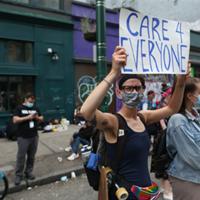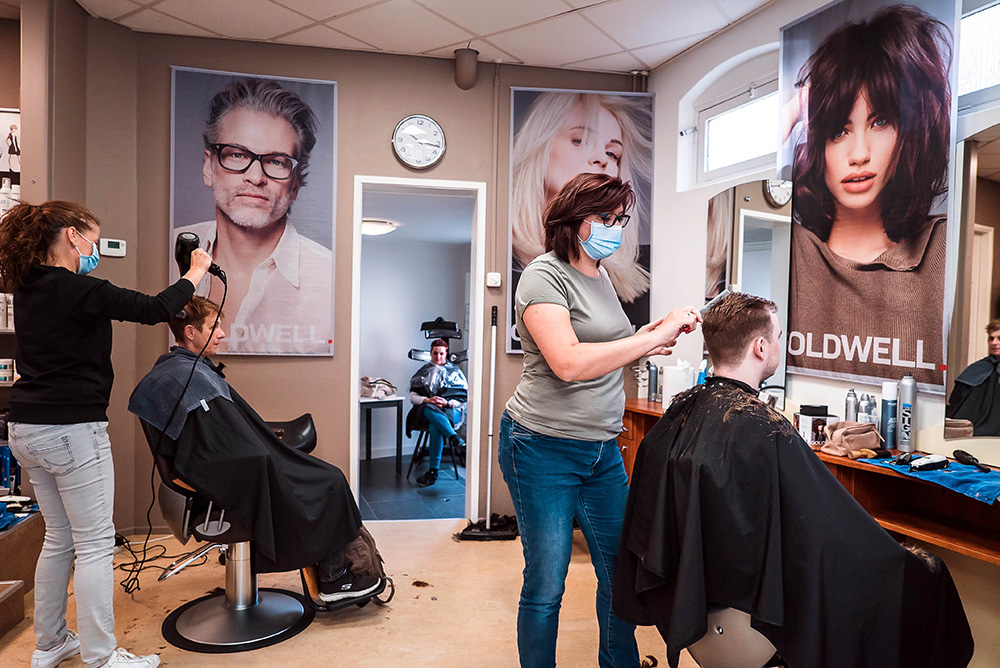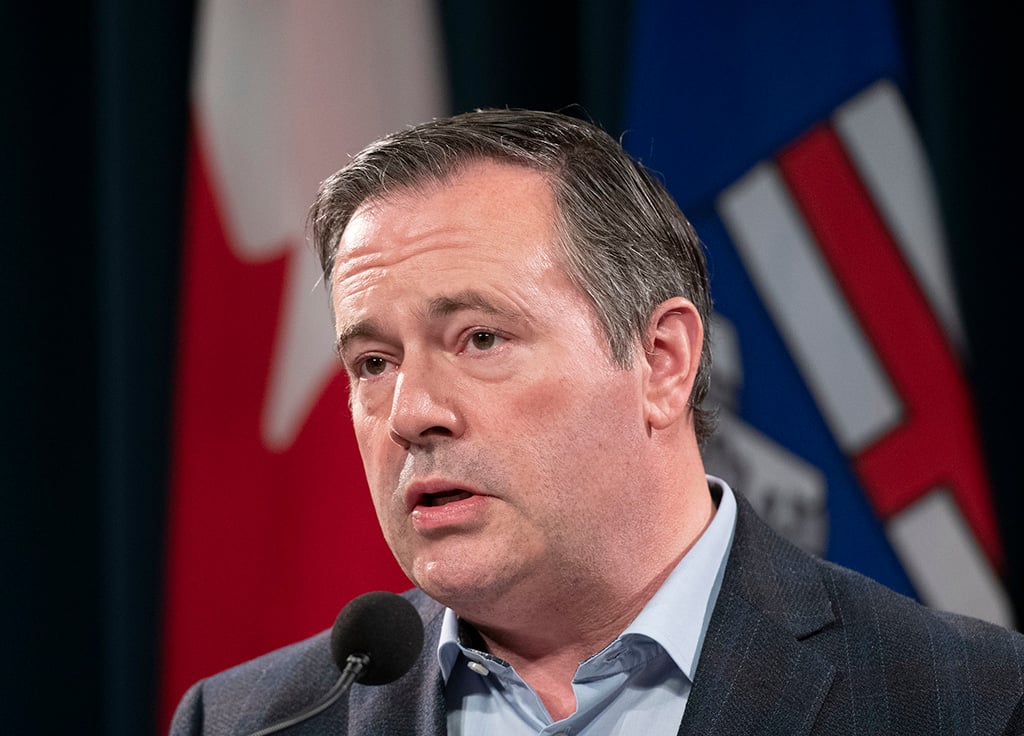By AFP
Published October 11, 2021

Protecting trees is key to meeting ambitious climate goals, with tropical rainforest loss accounting for about eight percent of annual carbon dioxide emissions, according to monitoring platform Global Forest Watch - Copyright AFP/File Romeo GACAD
Sam Reeves, with Lucie Godeau in Jakarta
The collapse of a $1-billion deal to curb Indonesian deforestation has highlighted the pitfalls of a UN-backed global initiative, which critics say has been ineffective and trampled on indigenous communities’ rights.
Protecting trees is key to meeting ambitious climate goals, with tropical rainforest loss accounting for about eight percent of annual carbon dioxide emissions, according to monitoring platform Global Forest Watch.
“This is make or break for the global climate,” said Frances Seymour, a forestry expert from US environmental think-tank the World Resources Institute.
A key tool in the fight has been the United Nations-backed REDD+ mechanism, a framework where public and private funds are paid to developing countries to curb emissions by reducing deforestation.
Hundreds of projects have sprung up worldwide under the initiative over the past decade and major donors include Norway, Germany and Britain.
Projects range from national-level schemes supported by foreign governments to smaller, private ones, which generate “carbon credits” to be sold to firms seeking to offset emissions.
But the initiative has been dogged by controversy, with environmentalists saying projects in some places, including Cambodia, Peru and the Democratic Republic of Congo have failed to involve local communities and deliver on promised benefits, in some cases leading to conflict.
Last month, Indonesia, home to the world’s third-largest expanse of tropical forest, walked away from the $1-billion deal with Norway, having received only a tiny fraction of the money.
– Fundamentally flawed –
Globally deforestation has only escalated in recent years — destruction of pristine rainforest was 12 percent higher in 2020 than the year before despite a global economic slowdown, according to Global Forest Watch.
Joe Eisen, executive director of Rainforest Foundation UK, said REDD+ is fundamentally flawed: “The architecture is wrong. It reduces forests down to their carbon values, rather than the intrinsic other values they have — like the people and nature.”
“Forests are so much more than the amount of carbon they absorb.”
For the initiative’s detractors, the collapse of Indonesia’s deal with Norway, which was agreed in 2010 in a bid to reduce the Asian nation’s rampant deforestation, has underlined REDD+ weaknesses.
The agreement outlined steps Jakarta needed to take, including developing a strategy to combat forest loss and come up with a monitoring system with the bulk of the payment to be based on deforestation reduction results.
But changes “advanced more slowly than expected” and deforestation actually increased initially, according to a 2015 report by the Center for Global Development.
And while figures show forest loss slowed in Indonesia in the past five years, authorities say they did not receive the expected first payment of $56 million for this success.
Indonesian officials told the Jakarta Post they terminated the deal because Norway had shown “no goodwill” and set additional requirements such as documentation on how the cash would be spent.
But Norway’s ministry of climate and environment told AFP they believed the “few issues that remained could have been resolved relatively quickly”.
Environmentalists fear the unravelling of the agreement is a blow to Indonesia’s climate efforts.
“Does this rejection of Indonesia’s most prominent international partnership signal a lack of ambition to reach… emissions reductions goals?” said Greenpeace forests campaigner Kiki Taufik.
– Ancient forests lost forever –
According to Global Forest Watch, Indonesia in 2001 had 93.8 million hectares (230 million acres) of primary forest — ancient forests which have largely not been disturbed by human activity — an area about the size of Egypt.
By 2020, this figure had decreased by about 10 percent, meaning the archipelago lost virgin forest cover the size of Portugal.
Although the rate of forest loss has slowed since 2016, experts are sceptical the Norway deal played a substantial role, pointing to other factors, such as slower economic growth and higher rainfall.
Another major criticism of REDD+ is that schemes often fail to consider indigenous groups, whose lands and rights are often affected, or to properly compensate them for their role in protecting forests.
In the Democratic Republic of Congo, local communities were not consulted before projects began, leading to violence and bloodshed, according to a Rainforest Foundation UK report.
A report by NGO Fern found villagers in one Cambodian project said they had received little if any of the money for their work patrolling lands to help prevent trees being cut down.
“REDD+ has so far been pursued without really paying attention to (indigenous communities’) rights,” said Alain Frechette, from the Rights and Resources Initiative, which has studied some REDD+ schemes.
The Amazon Fund set up in 2008 to pay for curbing deforestation in Brazil, to which Norway contributed $1.2 billion, has been hailed as a REDD+ success by some.
Seymour said: “It was definitely a thumb on the scale in terms of getting international recognition and finance that solidified political support.”
But deforestation has escalated sharply since President Jair Bolsonaro came to power and rolled back environmental policies.
Seymour — who is also chair of the Architecture for REDD+ Transactions, which certifies national and provincial-scale credits under the mechanism — says the system should not be dumped but overhauled to focus on large-scale initiatives.
Referring to the goal of limiting global warming to 1.5 degrees Celsius compared with pre-industrial levels, she said: “There’s no way you can meet the Paris temperature targets without stopping tropical deforestation.”
